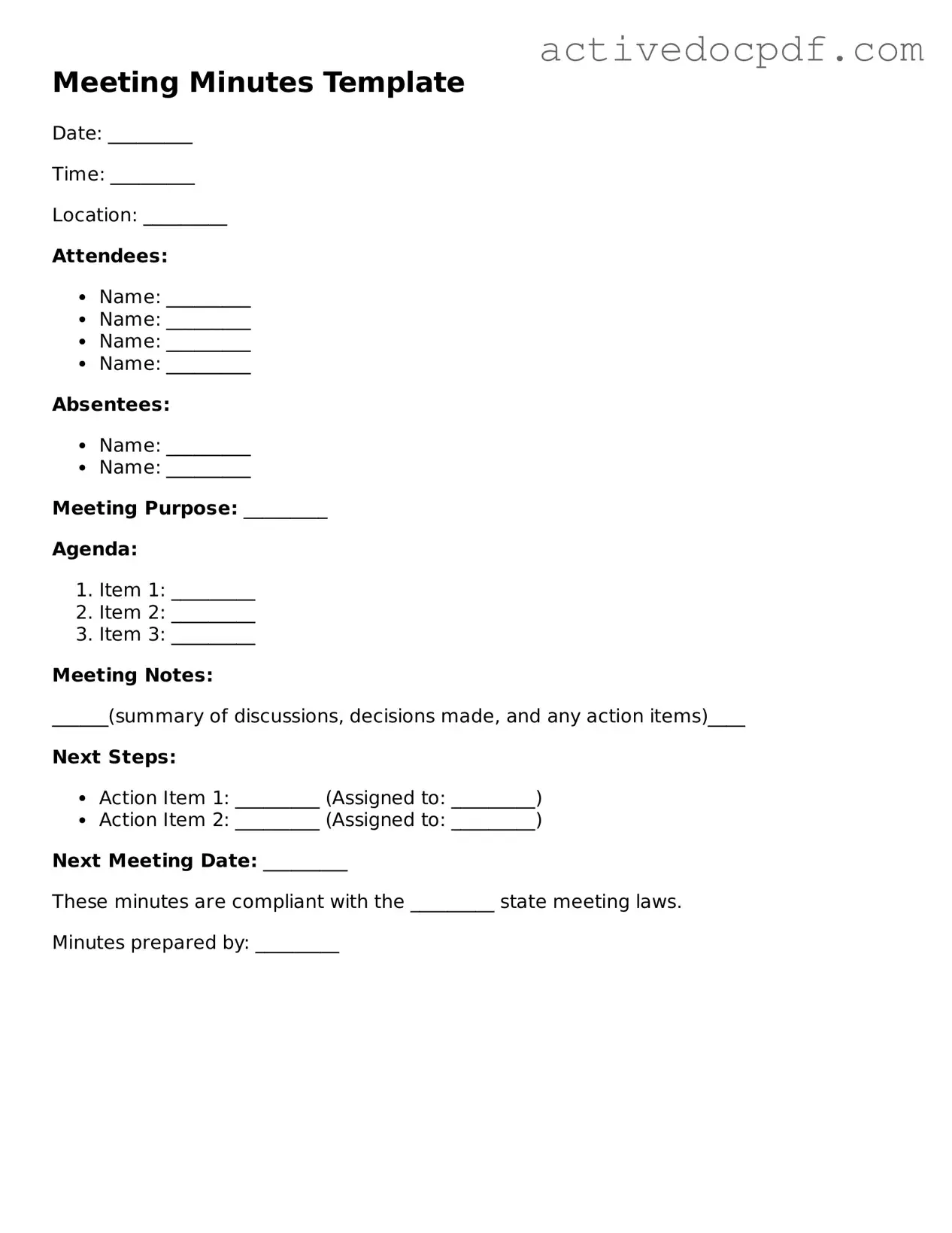What are Meeting Minutes?
Meeting minutes are a written record of what happened during a meeting. They capture key discussions, decisions made, and action items assigned. Minutes serve as an official account that can be referred to later, ensuring everyone is on the same page.
Why are Meeting Minutes important?
Meeting minutes play a crucial role in maintaining clarity and accountability. They help:
-
Document decisions and actions taken during the meeting.
-
Provide a reference for those who could not attend.
-
Facilitate follow-up on tasks and responsibilities.
Who is responsible for taking Meeting Minutes?
Typically, a designated person, often the secretary or a team member, is responsible for taking minutes. However, anyone can take minutes if they are comfortable with the task. It’s important that the person taking minutes is attentive and understands the meeting’s goals.
What should be included in Meeting Minutes?
Meeting minutes should generally include the following:
-
Date and time of the meeting.
-
Names of attendees and absentees.
-
A summary of discussions and decisions made.
-
Action items, including who is responsible and deadlines.
How should Meeting Minutes be distributed?
After the meeting, minutes should be reviewed for accuracy and then distributed to all attendees and relevant stakeholders. This can be done via email or shared through a project management tool. Timely distribution helps keep everyone informed and accountable.
How long should Meeting Minutes be kept?
Meeting minutes should be kept for a reasonable period, often at least one year. However, some organizations may have specific policies regarding retention. It’s wise to check your organization’s guidelines to ensure compliance.
Can Meeting Minutes be amended?
Yes, meeting minutes can be amended if errors are found. Typically, amendments are made during the next meeting, where the corrections are noted and approved by the group. This process ensures that the record remains accurate and trustworthy.
